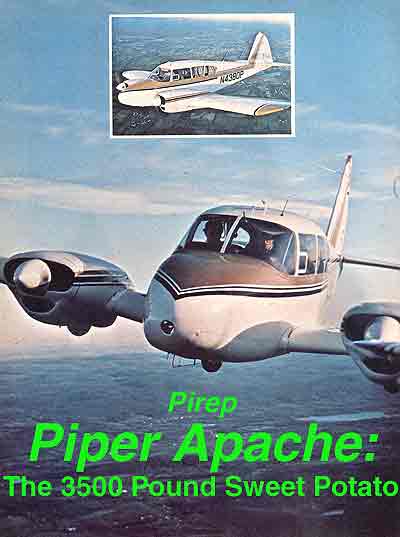Don Jones
Line Up and Wait
One of my comm students called me the other day about an experience she had on a recent trip into El Paso. In-bound to the airport approach gave her instructions to "cleared visual approach runway 22, maintain 6000, contact tower on 118.3". She calls up the tower and they said "runway 22 clear to land". So she starts decending for the landing(she is on a right base), now about 2 miles out. Tower calls her up and asks her if she was given an altitude restriction to which she replied she had been. He spanked her a little, but it was a non-event. She calls them after landing on the phone on her own (wasn't asked to) and was told she should have maintained the assigned altitude until turning final, but it was no problem. She asked me what I would have done. I told her of course she should have asked about the altitude restriction, but hearing the "cleared to land" instruction I could see how it could be confusing and I might have done the same thing she did. What would you have done?
Last edited:

